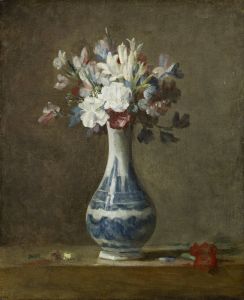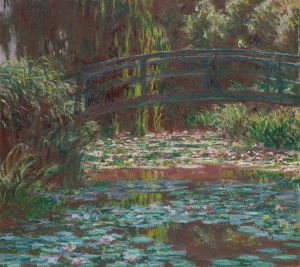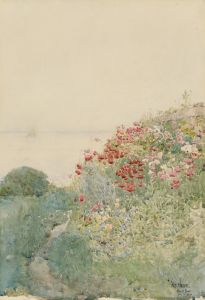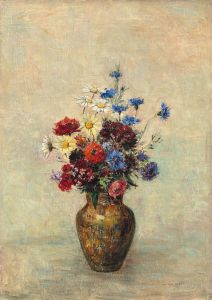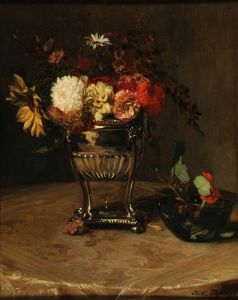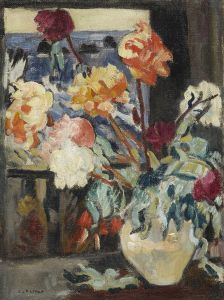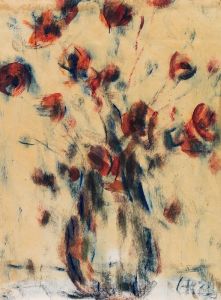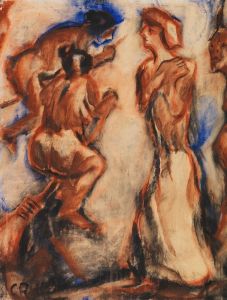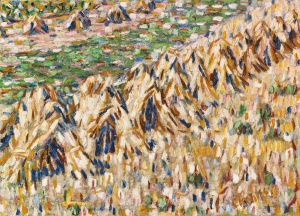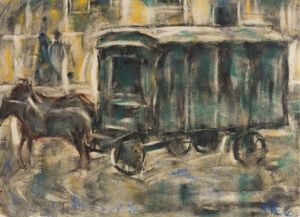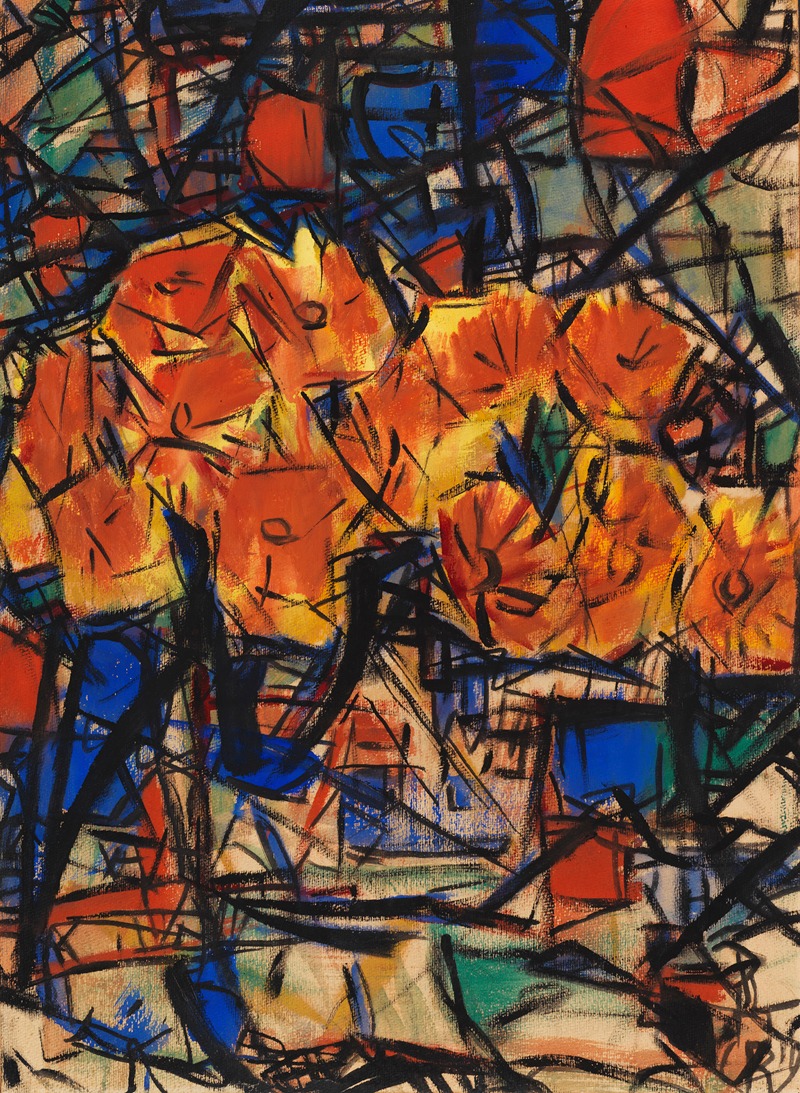
Rote Blumen in Vase
A hand-painted replica of Christian Rohlfs’s masterpiece Rote Blumen in Vase, meticulously crafted by professional artists to capture the true essence of the original. Each piece is created with museum-quality canvas and rare mineral pigments, carefully painted by experienced artists with delicate brushstrokes and rich, layered colors to perfectly recreate the texture of the original artwork. Unlike machine-printed reproductions, this hand-painted version brings the painting to life, infused with the artist’s emotions and skill in every stroke. Whether for personal collection or home decoration, it instantly elevates the artistic atmosphere of any space.
Christian Rohlfs was a prominent German painter associated with the Expressionist movement, known for his vibrant use of color and dynamic compositions. One of his notable works is "Rote Blumen in Vase" (Red Flowers in Vase), which exemplifies his mature style and his exploration of color and form.
Rohlfs was born on December 22, 1849, in Groß Niendorf, Germany. He initially studied at the Grand Ducal Saxon Art School in Weimar, where he was influenced by the academic traditions of the time. However, his style evolved significantly over the years, particularly after he was exposed to Impressionism and later, Expressionism. By the early 20th century, Rohlfs had developed a unique approach that combined elements of both movements, characterized by bold colors and expressive brushwork.
"Rote Blumen in Vase" is a testament to Rohlfs' mature artistic vision. The painting features a bouquet of red flowers arranged in a vase, rendered with a vivid palette and energetic strokes. The composition is both simple and striking, focusing on the interplay of colors and the emotional impact of the scene. The red flowers dominate the canvas, set against a contrasting background that enhances their vibrancy. Rohlfs' use of color is not merely decorative but serves to convey a sense of vitality and emotion, a hallmark of Expressionist art.
Throughout his career, Rohlfs was deeply interested in the expressive potential of color and form. His works often depict natural subjects, such as landscapes and still lifes, transformed through his expressive style. "Rote Blumen in Vase" is a prime example of how Rohlfs could take a simple subject and imbue it with a sense of dynamism and intensity.
Rohlfs' contribution to art was recognized during his lifetime, and he became a member of the Berlin Secession, an influential group of artists who sought to challenge the conservative art establishment in Germany. Despite facing challenges, including the political turmoil of his time, Rohlfs continued to produce art that was both innovative and deeply personal.
Unfortunately, during the Nazi regime, Rohlfs' work was labeled as "degenerate art," and many of his paintings were removed from German museums. This period was a difficult time for Rohlfs, as it was for many artists whose work did not align with the regime's ideology. Nevertheless, his legacy endured, and his paintings, including "Rote Blumen in Vase," are now celebrated for their contribution to modern art.
Today, Christian Rohlfs is regarded as one of the leading figures of German Expressionism. His work is held in high esteem, and his paintings are part of major art collections around the world. "Rote Blumen in Vase" continues to be appreciated for its bold use of color and its ability to convey emotion through simple yet powerful imagery. Rohlfs' ability to transform everyday subjects into profound artistic statements remains a significant aspect of his enduring appeal.





